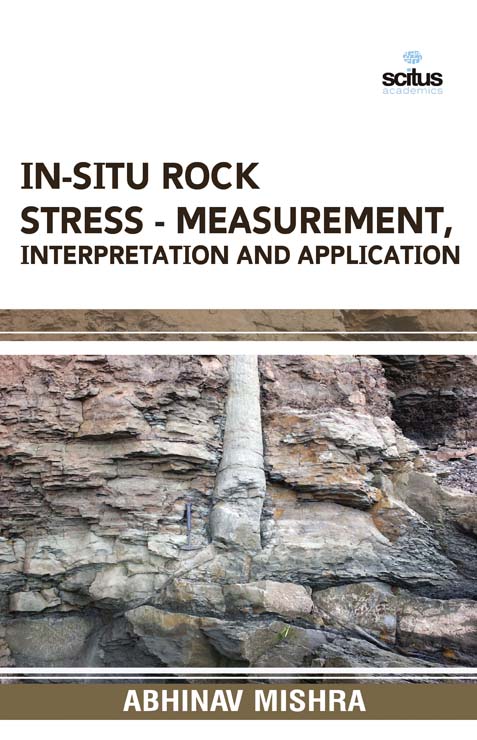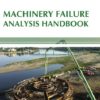Understanding in-situ rock stress is important in the exploration and engineering involving rock masses for mining, hydropower, tunneling, oil and gas production, and stone quarrying. Traditional methods of determining these stresses have not developed substantially to keep pace with the increasing utilization of rock masses. Contributed by a group of leading experts, this book addresses new developments in numerical modeling and advanced measuring techniques.
In-Situ Rock Stress: Measurement, Interpretation and Application reflect the development in this field, covering measuring techniques, interpretation methods, and application of the in-situ stress in engineering practice. Estimate of the in-situ rock stress state can be realized by direct or indirect methods. Although the indirect method has developed rapidly in recent years, the direct field measurement is still by far dominating. Great improvements have been achieved with the ‘traditional’ field tests by overcoring and hydraulic fracturing, whilst the recently developed methods become matured. In addition, ideas of new methods and new instruments will make the stress estimate easier, less expensive and more reliable.













